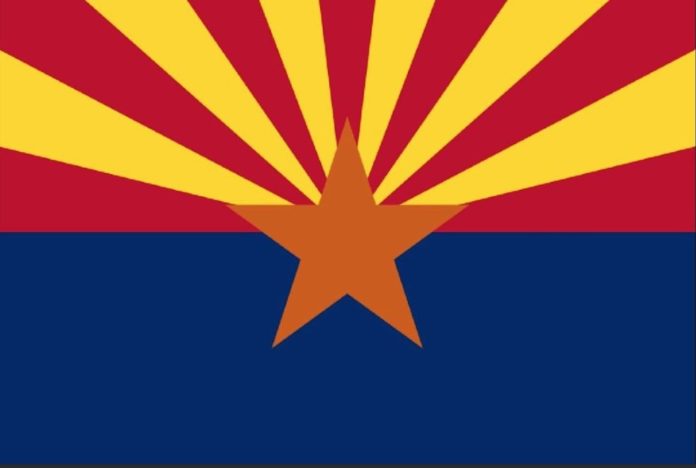he Arizona legislature has unveiled an ambitious plan to put K-12 students and parents first. Sponsored by House Majority Leader Ben Toma, and co-sponsored by over two dozen of his peers, HB 2853 would open the doors to educational opportunity for kids throughout the Grand Canyon State. While the bill has already cleared its first hurdle—passing the House Ways and Means Committee this week—it’s worth digging into what exactly the legislation does, and doesn’t do, for Arizona families.
What is the purpose of the legislation?
- HB 2853 expands eligibility for the Arizona Empowerment Scholarship Account (ESA) program to every family in the state.
- Families who participate would receive over $6,500 per year per child for private school, homeschooling, “learning pods,” tutoring, or any other kinds of educational service that would best fit their students’ needs outside the traditional public school system.
- Any child who wishes to opt out of their local public school (or who already has) would be allowed to join the ESA program under the bill.
- Many families simply lack the financial resources to pursue private or homeschooling options, while others have made financial sacrifices and shoulder the expense of private school tuition or paying for homeschool supplies. These families are all currently entitled to send their child to a public school (at a cost of over $10,000 per year to taxpayers), regardless of their income. This bill would ensure that all families have the freedom to choose whatever form of education best fits their child’s needs.
Does this harm existing ESA families or will it crowd out families who are already eligible for the program?
- No, this bill places zero new restrictions on any family who is already eligible for the ESA program, including special needs students.
What about the bill’s testing requirements?
- Homeschool families are NOT forced to do any testing of their students in order to participate in the ESA program under the bill.
- Only students who are enrolled full-time at a private school in grades 3-12 are required to take an exam each year, and they (or their school) can choose ANY national norm-referenced test or a college level admissions exam or the state exam. (Students already eligible for an ESA are also exempt.)
- This bill provides the same level of accountability and flexibility that Florida’s hugely successful private choice programs provide to families. The Florida Empowerment Scholarship Account, Florida Tax Credit, and Florida Hope Scholarship Program each require families to take a nationally norm-referenced test.
- Under the bill, schools are required to report their test scores only to the parents. For schools that enroll more than 50 ESA students, they will make the aggregate test scores available to current/prospective parents, but never report an individual student’s test scores.
- The state cannot dictate which test a school or parent must select, meaning that private schools cannot be pressured to teach to a state-based curriculum.
Don’t ESAs drain our public schools of funding?
- No, the ESA program simply ensures that each student’s funding follows the student, just like it already does each time a student leaves a public school for a different public school using the state’s open enrollment option. Unless you believe that a student should be required to attend a particular school district—no matter how poorly it would serve that child–simply because of the zip code the child’s family lives in, then you already support the idea that funds should follow a student.
- Moreover, the ESA program costs roughly $6,400 for a typical student, compared to the more than $11,000 that state and local taxpayers spend on each public school student (not even counting the cost of federal spending on top of that. Each time a student leaves a public school for an ESA, over $600 is immediately added back to the public school system, even though it no longer serves that child—which means there is more money for public school students on a per-pupil basis thanks to the ESA program.
- In fact, the rapid growth in Arizona’s ESA program has tracked closely with major increases in per pupil funding for public schools over the past decade (even adjusting for inflation).
- Moreover, the Legislature has introduced a companion measure that would provide an additional $400 million to public schools that would go to all districts and charter schools in the state to help provide additional support for special education students, low-income students, teacher compensation and general education needs.
How else does this legislation strengthen the ESA program?
- The bill would also allow ESA families to purchase electronic devices like computers, calculators and microscopes and to utilize their ESA funds for student ride share services designed for students to help get them to school.
- The bill would also ensure that families of students with special needs can get an examination to determine whether they qualify for special education therapies under the ESA program.


